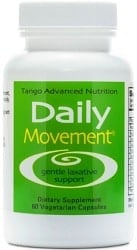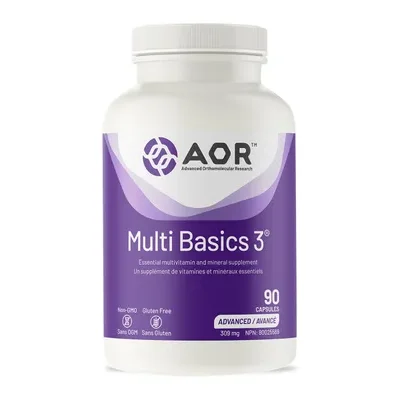Posted March 18, 2013
The fiftyish woman led a rugged existence in the desert, likely getting plenty of exercise and a diet heavy in grains as she scraped a living from the land more than 1,500 years ago.
Her arteries, however, look like what you might expect from someone who sits on the couch all day eating ice cream.
And she apparently was not unusual. Researchers performed CT scans on the mummified remains of this woman — now a resident of the University of Pennsylvania Museum of Archaeology and Anthropology — and 136 other people from around the world, and found evidence of hardening of the arteries in 47 of them.
The findings suggest that this disease, formally called atherosclerosis, is not necessarily caused by a modern diet and lifestyle. For some folks, it is just a part of growing older.
“Basically, it’s a commentary on the human condition,” said Penn anthropologist Janet Monge, one of the researchers.
The study, led by cardiologist Randall C. Thompson of Saint Luke’s Mid America Heart Institute in Kansas City, Mo., included mummies spanning a period of 4,000 years from four regions: Egypt, Peru, the Aleutian Islands, and the American Southwest.
In a previous study, Thompson and colleagues found atherosclerosis in Egyptian mummies. They wondered if that could be because people who were mummified in ancient Egypt tended to be from higher rungs of society, and thus may have eaten a high-fat diet and gotten less exercise.
So in the new study, published online Sunday by the Lancet, they added the three other regions, where mummies represented a range of social classes and diets.
No difference. Atherosclerosis was present at about the same rate in all.
Thompson said he did not want people to use the findings as an excuse to eat a bad diet.
“Certainly this disease is from a combination of genetics and environment, which we have some control over, and it’s part of the aging process,” he said. “If you can control less than you thought you could, it’s still important to control the parts you can control.”
The 137 mummies included five of the Southwestern variety, all from the Penn museum. Unlike Egyptian mummies, these ancestral Puebloans were not embalmed but were nevertheless well preserved due to dry conditions in what are today Utah and Colorado, Monge said.
They were excavated in the 19th century; today, that practice is frowned upon, and some of today’s tribes have asked museums to repatriate such remains for burial.
The researchers were able to see signs of atherosclerosis in the mummies because its telltale artery-clogging plaques typically contain calcium — a mineral that shows up on a CT scan.
Indeed, CT scans can be used to help diagnose arterial disease in live patients, said Howard Weitz, director of the division of cardiology at Thomas Jefferson University Hospital.
Weitz said he was intrigued by the presence of atherosclerosis in the mummies, though he said there is no evidence that their disease killed them. He noted that for a heart attack to occur, typically the plaque must rupture, leading to clotting and eventual blockage.
That point was echoed by Loren Cordain, author of The Paleo Diet and professor of health and exercise science at Colorado State University. He has analyzed reports on the health of early 20th-century native peoples in Canada and Alaska, finding that heart attacks and strokes were unheard of, even if some apparently did have atherosclerosis.
Cordain who, like Weitz, was not involved with the new research, blamed the modern Western diet, heavy on refined flours, processed foods and sugar, for causing inflammation that leads to plaque rupture.
Monge, the Penn anthropologist, countered that atherosclerosis may well have been a problem even with the healthier diets of long ago — if only anyone lived long enough to have a heart attack.
Of the five mummies in the study from Penn’s collection, the fiftyish woman was by far the oldest. None of the others lived past 30.
Contact Tom Avril at 215-854-2430 or tavril@phillynews.com.
©2013 The Philadelphia Inquirer
Visit The Philadelphia Inquirer at www.philly.com
Distributed by MCT Information Services





